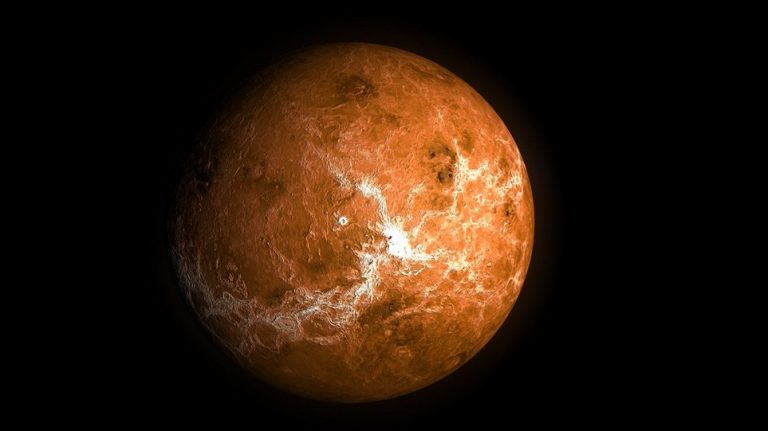Discovering life beyond Earth may well start with a sniff, a whiff of some chemical that scientists struggle to explain without invoking a strange, shadowy microbe. That first step has happened on Mars and on a few distant moons, and now, scientists suggest, on Venus.
A team of astronomers announced today (Sept. 14) that it has spotted the chemical fingerprint of phosphine, which scientists have suggested may be tied to life, in the clouds of the second rock from the sun. The finding is no guarantee that life exists on Venus, but researchers say it’s a tantalizing find that emphasizes the need for more missions to the hot, gassy planet next door.
“The interpretation that it’s potentially due to life, I think, is probably not the first thing I would go for,” Victoria Meadows, an astrobiologist at the University of Washington who was not involved in the new research, told Space.com.
But it is an intriguing detection, she said, and one that emphasizes how we overlook our neighbor. “We have some explaining to do,” she continued. “This discovery especially is just another reminder of how much more we have yet to learn about Venus.”
The new research builds on the idea that, although the surface of Venus endures broiling temperatures and crushing pressures, conditions are much less harsh high up in the clouds. And scientists have realized that Earth’s own atmosphere is full of tiny life. Suddenly, microbes in the sweet spot of Venus’s atmosphere, where temperatures and pressures mimic those on Earth, don’t seem quite so outlandish.
Eating at this time of day causes weight gain, study finds
Turkish opposition leader Davutoglu calls Erdogan to TV debate
The discovery
The scientists behind the new research wanted to look for phosphine. Researchers have recently wondered whether the chemical could be a good biosignature, a compound astronomers target in looking for life. It should break down quickly in atmospheres that are rich in oxygen, like those of Earth and Venus, and on Earth, when it isn’t being made by human industrial processes, it seems to be found near certain kinds of microbes.
Jane Greaves, an astronomer at the University of Cardiff in the U.K. and lead author of the new research, realized that she could use a telescope she knew well to check for it in the atmosphere of Venus, she told Space.com.
And then the observations sat around on a computer for a year and a half, Greaves said, without her managing to find time to study them.
Read more: Space
Ask me anything
Explore related questions





